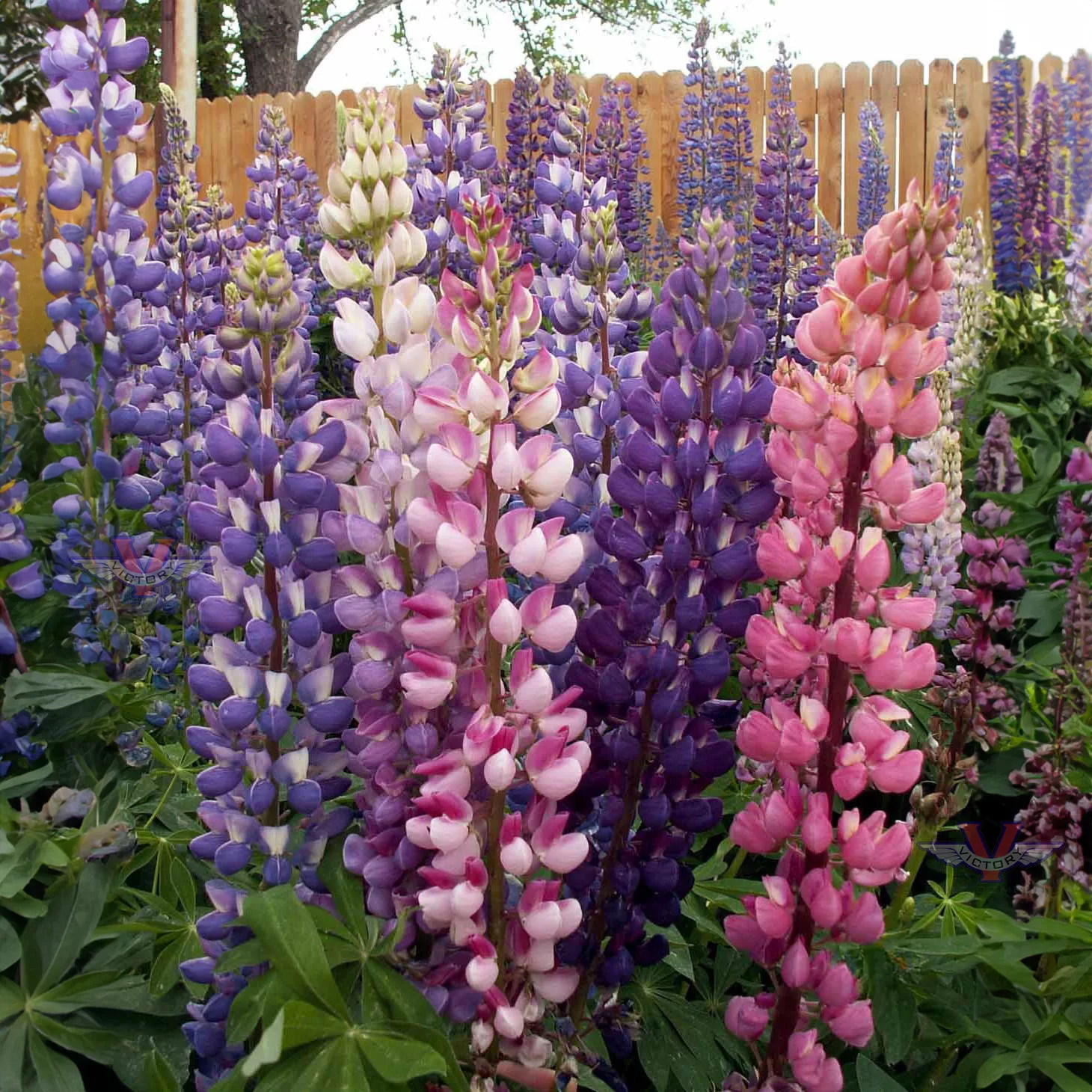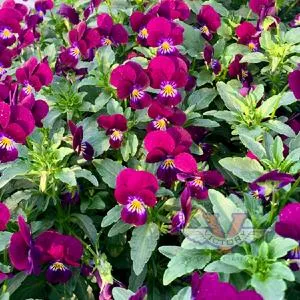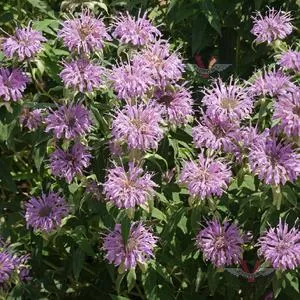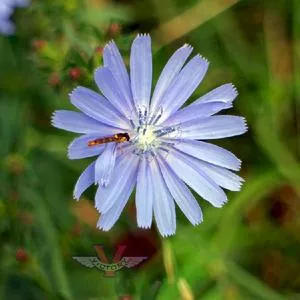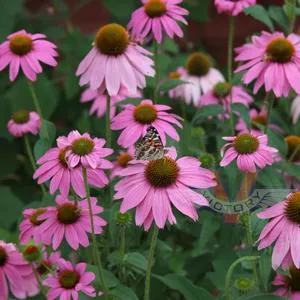Russell Lupine
Lupinus polyphyllus
Price: $3.88
SKU: 2000351Choose a variant:
As with other lupines, 'Russell' lupine is at its visual prime when it is in full bloom in large, grand plantings. A meadow or field of wild lupines is quite a spectacle. It is also a beautiful addition to flowerbeds, cottage gardens, wildflower gardens, as well as along borders and fence lines; especially when grown in large clusters or clumps. They are an excellent choice for simply enjoying their blooms "in situ" or harvested as cut flowers when roughly three-quarters of the blooms on each spike are open.
Also known as "Large-leaved Lupine" and "Big-leaved Lupine," 'Russell' lupine plants have attractive grayish-green leaves, grow from twelve to thirty-six inches tall, begin blooming in the spring, and with regular deadheading, continue well into the summer. The flowers develop into shades of pink, blue, red, and yellow.
By removing the dead flowers stalks before they begin maturing their seed pods, you are allowing the plants to put their energy back into growing more blooms and growing larger. Secondarily, you are preventing them from producing seeds, so if you want them to self-seed, allow pods to develop.
The seed coats tend to be hard, so soaking in lukewarm water for several hours, or scarifying them prior to sowing, will improve germination results. Start seeds indoors, six to eight weeks before your last expected frost date, by sowing about one-quarter inch deep, three or four seeds per pot, but thinning to the strongest plant. Their roots are sensitive so do not try to pull and save the weaker plants; simply clip them off. Prepare the plants by hardening them off and as soon as you can transplant outdoors, do not wait. If they become root bound in the pots, they will not develop properly.
After all danger of frost has passed, plant in a location that receives full sun; they will tolerate some shade. Lupines like lots of water in well-drained soil. Like any new addition to your yard, baby them a bit during the first year. Once established, they require minimal attention and can be multiplied by dividing the root clumps in the early spring. A perennial in USDA zones 3 to 8.
Also known as "Large-leaved Lupine" and "Big-leaved Lupine," 'Russell' lupine plants have attractive grayish-green leaves, grow from twelve to thirty-six inches tall, begin blooming in the spring, and with regular deadheading, continue well into the summer. The flowers develop into shades of pink, blue, red, and yellow.
By removing the dead flowers stalks before they begin maturing their seed pods, you are allowing the plants to put their energy back into growing more blooms and growing larger. Secondarily, you are preventing them from producing seeds, so if you want them to self-seed, allow pods to develop.
The seed coats tend to be hard, so soaking in lukewarm water for several hours, or scarifying them prior to sowing, will improve germination results. Start seeds indoors, six to eight weeks before your last expected frost date, by sowing about one-quarter inch deep, three or four seeds per pot, but thinning to the strongest plant. Their roots are sensitive so do not try to pull and save the weaker plants; simply clip them off. Prepare the plants by hardening them off and as soon as you can transplant outdoors, do not wait. If they become root bound in the pots, they will not develop properly.
After all danger of frost has passed, plant in a location that receives full sun; they will tolerate some shade. Lupines like lots of water in well-drained soil. Like any new addition to your yard, baby them a bit during the first year. Once established, they require minimal attention and can be multiplied by dividing the root clumps in the early spring. A perennial in USDA zones 3 to 8.
Customer Reviews:
Do you have experience with this one? 📝 📣 Write a review!
No reviews have been posted yet.

